



























































































































































































For the exhibition “Tod & Wagnis” (“Death and Venture”), which takes place in September 2016 at Galerie mbeck in Homburg on the Saar, an urn was painted. The curator, Dr Christopher Naumann, distributed to the 26 participating artists coffins and urns, to be altered by means of artistic intervention. A rectangular urn of untreated wood – the principle of a casket – bears the design.
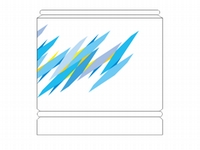
16-17-0001
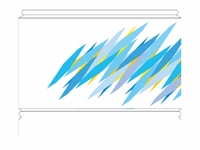
16-17-0002
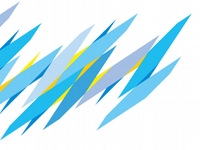
16-17-0003

second end
16-17-0004
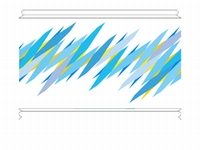
second side
16-17-0005
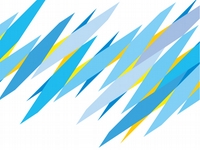
16-17-0006
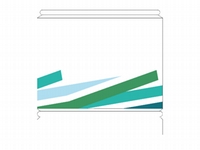
16-17-0007
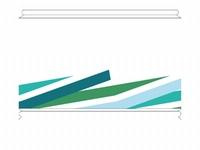
16-17-0008

16-17-0009
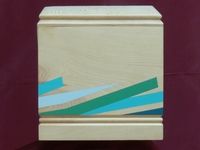
of design B,
first end
16-17-0010
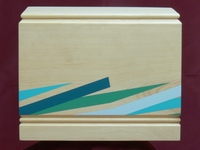
of design B,
first side
16-17-0011
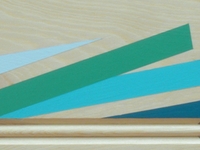
of design B,
excerpt
16-17-0012
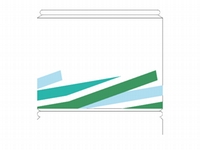
second end
16-17-0013
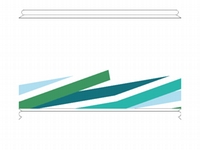
second side
16-17-0014

16-17-0015
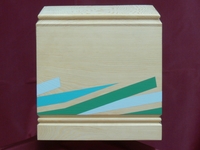
of design B,
second end
16-17-0016
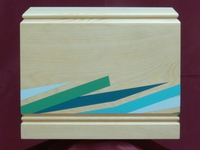
of design B,
second side
16-17-0017
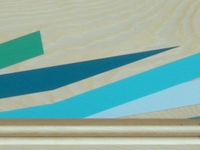
of design B,
excerpt
16-17-0018
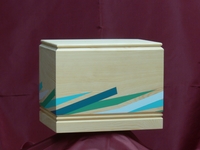
of design B,
perspective view
16-17-0019
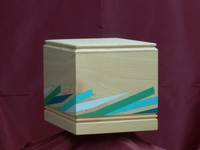
of design B,
perspective view
16-17-0020
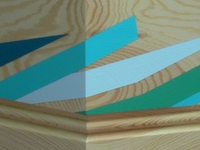
of design B,
excerpt
16-17-0021
This design is not an autonomous work that uses an urn as its material: on the contrary, it is an urn to which an artistic design is given. The urn remains an urn, in its character as an object, its meaning and its function. For this reason, the work has no title.
The urn is not concealed but elucidated. The raw, untreated wood remains dominant, and its effect is enhanced by painterly means. The painting is not decoration but a speaking image that encircles the urn without beginning or end. The image is about an open, transcendent horizon. Polarities are dissolved: between a boundary and unboundedness, between movement and motionlessness. Associations with symbols of piety arise, and are intended. The urn is more than a receptacle – it is a message.
The urn was made not only for this exhibition, but to be used – in the context not of art but of life. It is a practical item, and thus a proposal for series production. Or a suggestion for a series of unique items with further motifs that are to be designed. Because the urn is bound up with a human individual, and is one of a kind.



































































































